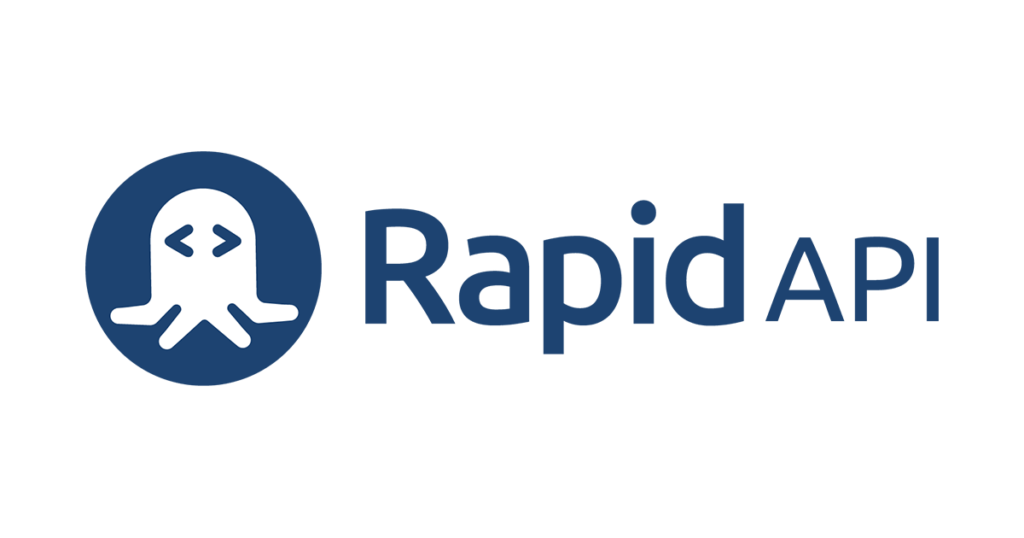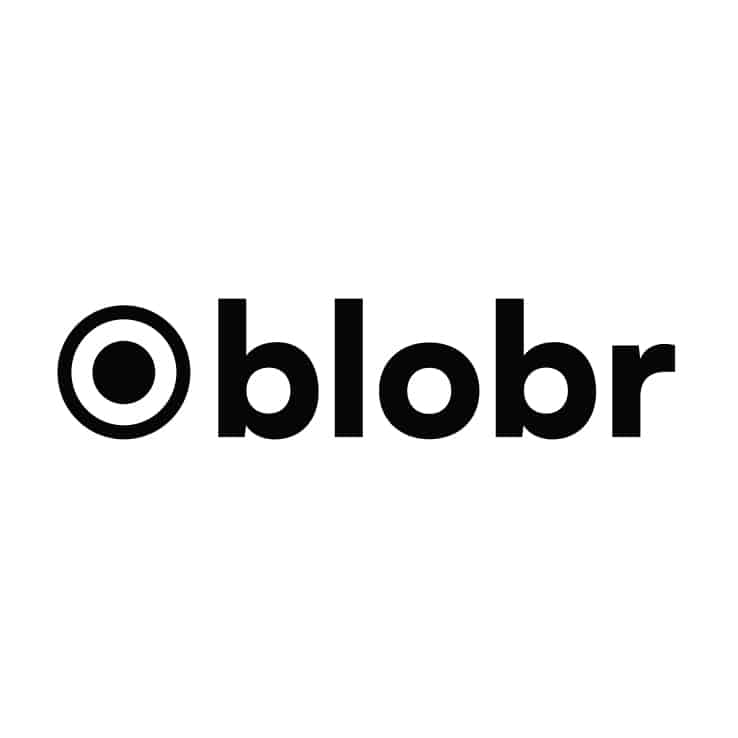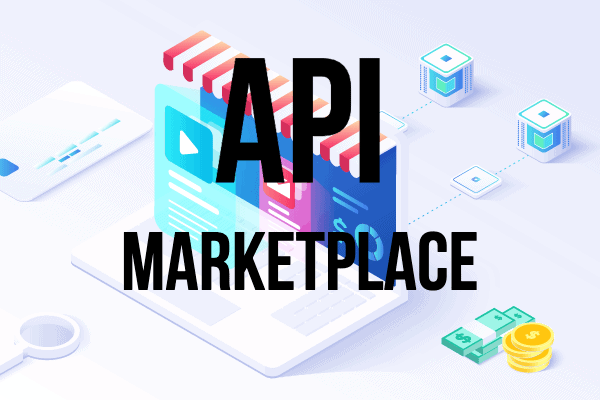The use of APIs has been increasing considerably in recent years. Indeed, APIs are one of the truest forms of digital products that can be designed to be reliable, functional, and reproducible. Their design and development must follow certain rules. For example, they must implement certain levels of security for handling sensitive data, standardize the communication protocol, and be fault tolerant or high workload. For them to be used by other services/applications as well, clear and comprehensive documentation accompanied by usage examples must be provided.
Once you have developed an API that solves interesting problems for a niche and works effortlessly, what is the next step? Other than incorporating it into your applications, how do you profit from it? What are the options for selling the service offered by the API?
Usually people think about building a dedicated website to sell the API. This solution requires integrating payment systems, monitoring resource usage and implementing advanced levels of security to protect both user data and the API itself. All of this requires cross-disciplinary technical knowledge on several aspects, but most importantly, a considerable initial investment. In fact, if the site is new it will be necessary to make it known through advertising which incurs extra costs. Otherwise you will have to wait for search engines to start showing it on the first page in searches, but this could take at least several months.
If you want a more immediate solution an API marketplace is a good option!
Marketplaces make it easy to place your API and leave all the other tasks from payment management to usage tracking to them. This is why both developers and companies use API marketplaces to sell their services, reach their target niche and increase revenue quickly.
This article will explain the idea behind API marketplaces and suggest how you can leverage them to sell your APIs. After this overview we will show you the best marketplaces currently available.
What is an API marketplace?
A marketplace is an e-commerce platform that brings together buyers and sellers of APIs. To simplify the discussion, think of an API marketplace as an e-commerce site like Amazon. If you want to sell your ebook, you can list it on Amazon, where book lovers can see it and buy it if they like it.
Similarly, an API marketplace allows an API provider (developer and/or company) to list its APIs and monetize them by offering various subscription plans. This part of the marketplace can be called a vendor portal. The marketplace will take care of user management, payment system, code snippets, documentation, and testing without investing in an API gateway.
Similarly, the marketplace helps buyers (usually other developers) find APIs of their interest through an internal internal search engine. One can view endpoints, prices, and other details, and in some cases even compare different APIs, with the goal of making it easier to purchase the API best suited to one’s needs.
Marketplace vs portal
API portals can be created using a template for API management products or custom developed. They are usually distributed by a single API vendor and allow developers to integrate, understand, and deploy APIs. Their purpose is to provide documentation along with the specifications, including tutorials and functionality. They also allow developers to securely access the provider via OAuth credentials or API keys. However, portals impose limitations. For example, pricing plans are usually defined by the portal itself, and API development must follow strict rules for this to be published. Many vendors still use these portals, but in recent years API marketplaces have become the most popular.
API marketplaces, in fact, group many API vendors together and present their products in one panel. This gives your API wider exposure in the marketplace, where thousands of potential buyers can see your API and possibly purchase it. It also helps developers to have many options and pricing plans to choose from. It is therefore a win-win situation for both buyers and sellers.
Benefits of an API marketplace
Before reviewing the best API marketplaces, let’s see what their advantages are.
For API providers, a marketplace:
- offers a very large potential audience
- helps measure current market demand
- provides an interactive forum where publishers can get feedback on their APIs from developers on various aspects such as usability, performance, etc.
- get all the guidance on how to publish their APIs along with online events.
Otherwise, developers/buyers can:
- easily find APIs by various parameters (e.g., categories, price ranges, etc.).
- quickly navigate to see all currently available APIs with their characteristics
- identify successful APIs based on rankings and statistics
- access forums to check reviews of an API by other developers, helping them choose a quality API
- participate in online events and consult educational guides and documentation for using APIs effectively
APILayer
APILayer, a cloud-based SAAS and API provider, launched its API marketplace in February 2022. This was followed by the acquisition of Prompt API, a platform that enables developers to monetize their APIs.

Currently, there are more than 85 API products to choose from, with new products being added every day.
You can partner with APILayer to gain exposure to a larger customer base, assistance in key management, payment collection, etc. Basically, you will be the one to create the API and APILayer will take care of the rest.
The process of placing an API begins with submitting the details for review, which is followed by project discussions and payment and pricing details. Next, APILayer prepares for a technical evaluation to see if the API meets its quality standards. Finally, if the API meets all requirements, it is entered into the marketplace.
APILayer offers total freedom to price its products and self-host or choose them for hosting. In addition, any company or individual can collaborate with APILayer. Payments are monthly and you will share 15 percent of the revenue with APILayer.
RapidAPI
RapidAPI is the largest and most beloved API marketplace of. It helps you list your APIs, manage them, and monetize them easily. You can add your parameters and endpoints in minutes using their simple user interface and upload Swagger specifications to further speed up the process. Interactive documentation is automatically created after the API is loaded, allowing users to test the API in a browser and use it with a single click.

RapidAPI offers code snippets in several languages, making it easier for users to integrate your API into their application. You no longer have to worry about security because RapidAPI validates every API request. It assigns API keys to each user for easier management and quick configuration.
You can monitor performance and get detailed information on API trends and usage from your dashboard. Add your API by choosing a flexible pricing model and defining price levels that suit you best. They also help you reach an unlimited number of users at no additional cost and take care of billing for your global customers. You can enjoy 80 percent profit per transaction.
Blobr
Blobr is a no-code SaaS for creating your own API developer portal. API providers can manage, document, and distribute API products from one place on their own terms. Each portal is unique and each API provider has their own. They can add their own branding and link it to their website. Blobr is built so that both technical and non-technical profiles can succeed.

Think of Blobr’s API portal as your API marketplace. From your website, define how public you want your API portal to be. Because Blobr handles user management, you can define precisely who accesses what among your customers. Your products are displayed in boxes, each with a brief description of their function. Each has custom documentation that helps API consumers navigate between selected endpoints. Subscriptions and billing are managed directly from the platform.
Blobr has taken a similar approach to Shopify, meaning your space is yours and no one else’s. The API portal is a customizable space with your logo. In addition, the time for the first call is significantly reduced. API versioning is managed so that API consumers see only what concerns them. Documentation, generated by your API, is made clear and interactive with step-by-step workflow viewing capabilities. Finally, monetization rates decrease as you grow.


